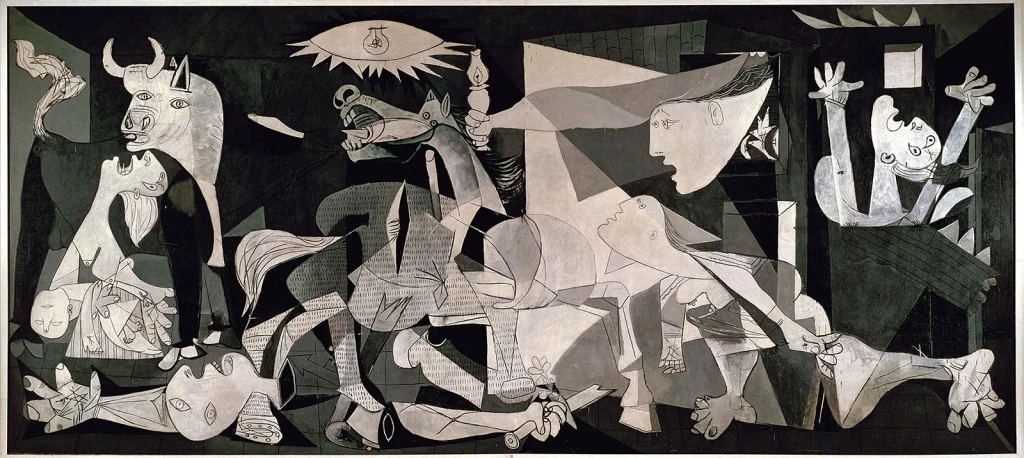Introduction
In a significant move, the Reina Sofía Museum in Madrid has recently lifted a decades-old ban on taking photographs of Pablo Picasso’s iconic anti-war masterpiece, Guernica. The decision, made under the leadership of the museum’s new director, Manuel Segade, marks a departure from the long-standing image restrictions that have been in place for over 30 years. Guernica, a powerful depiction of the horrors of the Spanish Civil War, has a rich history and has been a focal point of discussion regarding visitor photography within museums.
A Historic Masterpiece
Guernica, created by Picasso in 1937, serves as a poignant reminder of the atrocities committed during the Spanish Civil War. Originally acquired by the Spanish Republic, the painting found refuge at New York’s Museum of Modern Art during World War II, per the artist’s request. In 1981, it returned to its home country, Spain, and was initially housed at the renowned Prado Museum. However, in 1992, the painting found its permanent residence at the Reina Sofía Museum, where it continues to draw visitors from around the world.
Decades of Image Restrictions
For more than three decades, the Reina Sofía Museum enforced a strict ban on photographing Guernica. This policy sparked debates among art enthusiasts, curators, and visitors alike. Some argued that allowing photographs would compromise the protection of the artwork, potentially leading to damage. Others believed that capturing images could never truly substitute the experience of witnessing the painting in person.
A Shift in Policy
The decision to lift the ban on photographing Guernica comes as a result of a broader vision under the leadership of Manuel Segade, the museum’s new director. Segade hopes that this change will not only enhance the overall visitor experience but also encourage a younger audience to engage with the artwork. By allowing photographs of Guernica, the Reina Sofía Museum aims to foster a more dynamic and accessible environment for art appreciation.
Mick Jagger’s Private Viewing
Interestingly, the relaxation of the image restriction policy garnered attention last summer when Mick Jagger, the legendary frontman of the Rolling Stones, was granted a private viewing of Guernica while the museum was closed to the public. During this exceptional visit, Jagger was permitted to take a photograph of the painting, which raised eyebrows and sparked discussions about the unequal treatment of visitors.
Conclusion
The Reina Sofía Museum’s decision to lift the ban on photographing Guernica signifies a significant shift in the museum’s approach to visitor engagement and accessibility. While the debate surrounding visitor photography continues to be complex, this change seeks to strike a balance between preserving the artwork’s integrity and expanding its reach to a new generation of art enthusiasts. As visitors now have the opportunity to capture their own images of this historic masterpiece, the world will undoubtedly witness a surge in visual interpretations and shared experiences of Picasso’s timeless statement against war.
Claude Picasso, Custodian of a Legendary Legacy, Passes Away at 76

Contributor





